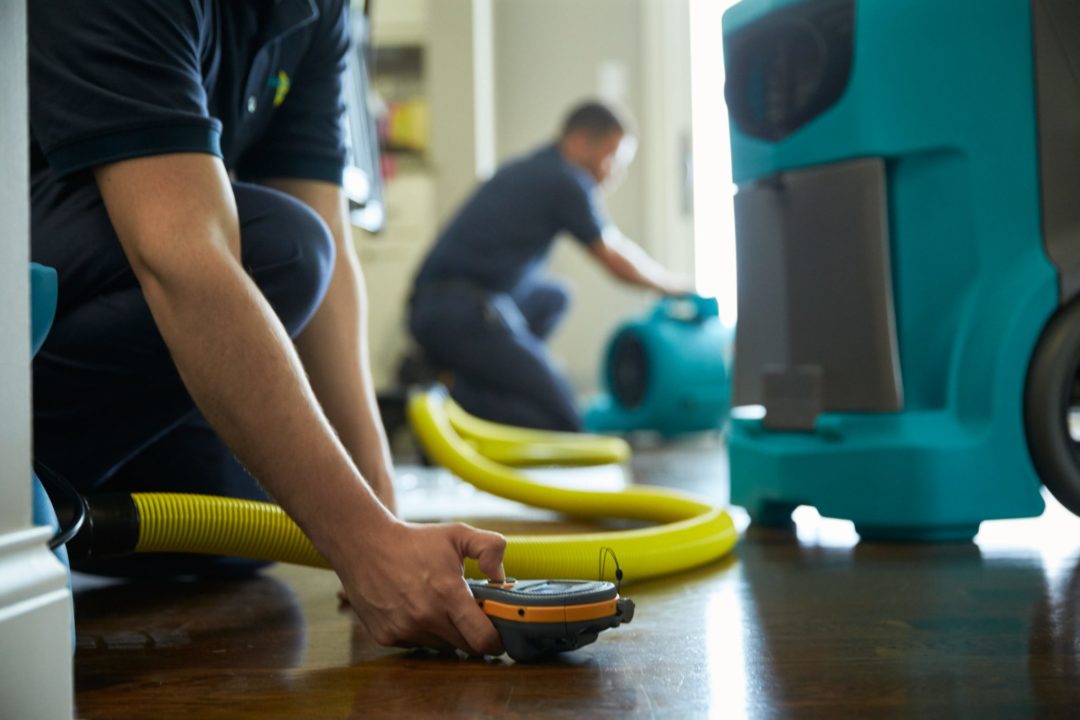A flood can cause serious damage to your home and properties. Dealing with the aftermath is never easy, especially if you have invested so much in your house.
You can hire the help of a service that offers water damage restoration in Miami. But before that, you can always use some knowledge to deal with the issue yourself. And that is what we will be discussing in this article.
First Things First
It’s always good to have flood insurance if you live in areas prone to floods. Once the floods happen, the first thing would be to file a claim and send in a proof of loss form within 60 days. This should include everything that was in your home.
Once the fire department and local police confirm that it’s ok to return, you may want to start cleaning up your home. Floods may come with unseen hazards that require immediate attention.
Strong winds and flooding water can pull down power lines. The water can also erode the ground in areas with buried utilities, affecting water and gas pipes. Check for such issues before you embark on the cleaning process.
Check for structural damage to your house. Even when you hire a water damage restoration company, they will need to check for issues with the integrity of your house. These include cracks or a shifting foundation. It could also be a tree in your house.
A good idea would be to call in a building inspector. The Federal Emergency Management Agency recommends finding such professional assistance.
Once you finish with the outside, move indoors and check for gas leaks and structural damage. You might feel like checking your valuables is more important, but that will not be an issue if there are more serious threats.
So, do you think you can handle what you are seeing? If not, call in a water mitigation specialist access the situation and give you a more suitable solution.
Water Damage Restoration and Flood Cleanup Steps
If you are sure the house is safe, follow these steps to start the cleanup process. Note that these are the same steps professional cleaners will use.
Step 1: Safety first
Flood damage comes with more than just water to be concerned about. The water could have carried all sorts of dirt from ditches and sewers. These could leave behind mud and toxic material.
Sewage and mold could cause allergic reactions and other more serious issues. You have to assume that these substances are present after a flood.
Wear clothing that covers all your body, including arms and legs. Also, wear a face shield and breathing masks to avoid contacting spores and toxin fumes. If you have a weak immune system, it would be best to avoid it altogether.

Step 2: Dry your home
A place that is left damp for more than 24 hours begins to grow mold. Visible colonies come out within two days, according to fungal genetics experts.
Hence, you need to dry up the house as soon as possible. You will also find handling other flood repairs in a dry home easier.
You can use your air conditioner or a portable generator for this task. If there is no power, open up all windows and doors to allow proper air circulation.
While on it, keep an eye on the moisture using a humidity meter. This will help you detect the dampness and deal with it appropriately.
Step3: Clean your house
Remove the debris, remove the damaged walls, remove the flooring and then check the appliances and countertops. Take your time to thoroughly clean every part of your home. Clear everything from visible mold to invisible dampness using recommended chemicals.
Step 4: Call in experts
As you can see, water damage restoration and flood cleanup are not easy tasks. You can call an expert cleaning crew and save yourself the hustle and time.




